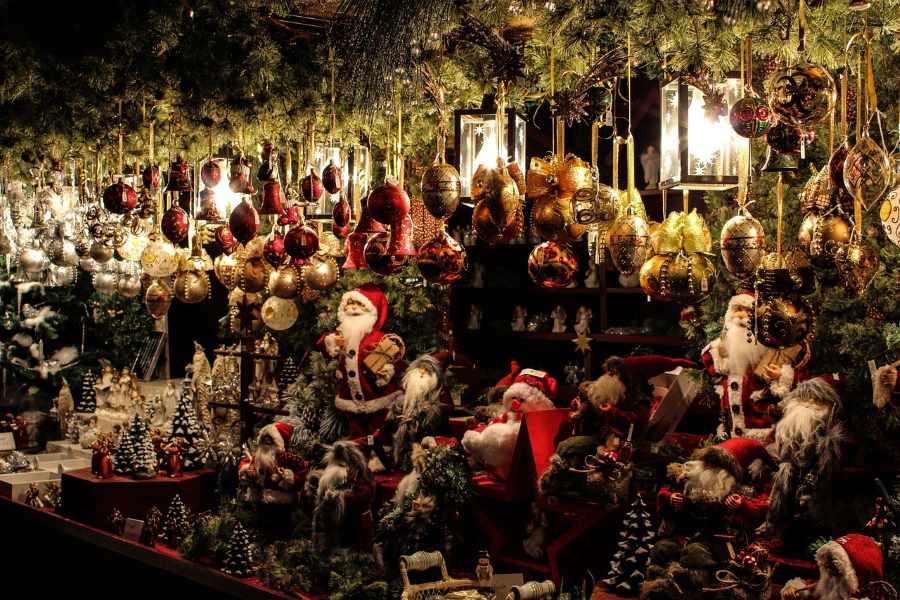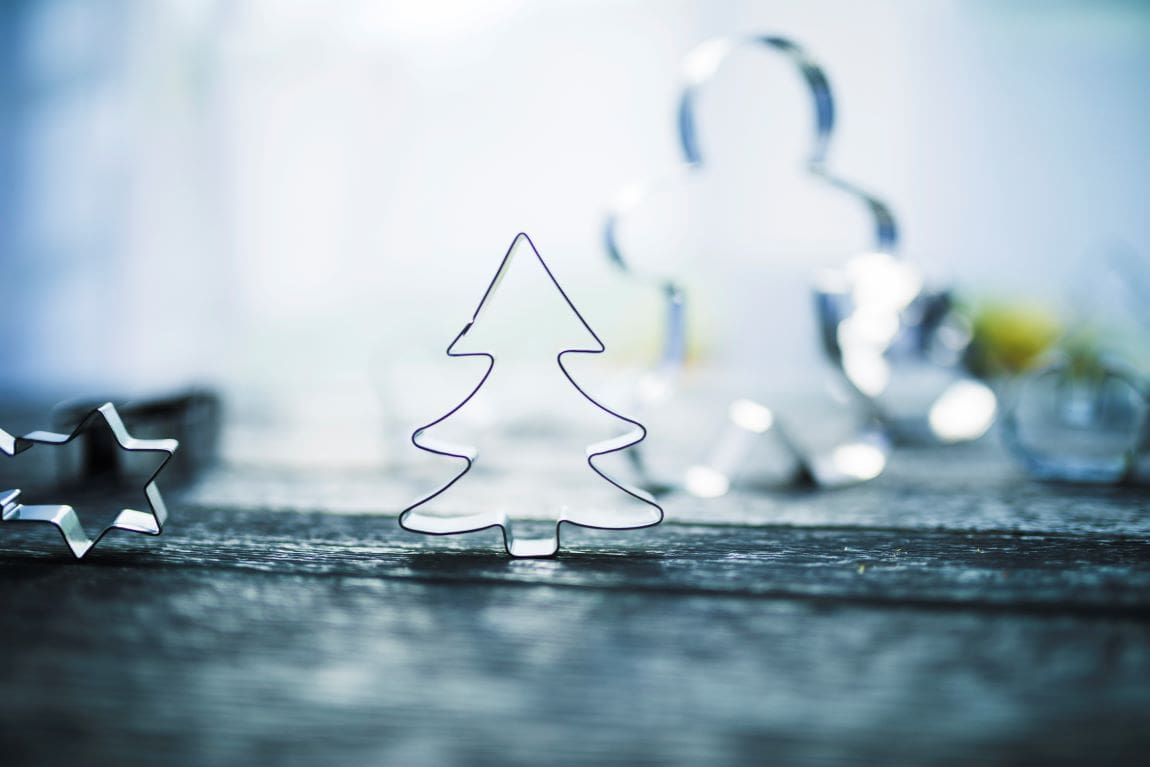Questions:
As the festive season approaches, the allure of Christmas lights, elaborate feasts, and mountains of gift wrap often overshadow a critical question: how sustainable is our celebration?
With climate concerns growing, experts are shedding light on ways to enjoy the holiday season while reducing environmental impacts. From choosing eco-friendly decorations to supporting local artisans, sustainability doesn’t mean sacrificing joy – it’s about creating meaningful traditions that benefit both people and the Planet.
Explore experts’ insights from The University of British Columbia on how to make this Christmas greener without losing its magic.

Prof. Jiaying Zhao, associate professor in the department of psychology and the Institute for Resources, Environment and Sustainability, focuses on using psychological principles to design behavioural solutions that address sustainability challenges.
How can we celebrate the holidays more sustainably while still enjoying traditional festivities?
“As we gear up for the holiday season, there are ways to celebrate while reducing our carbon footprint. Travel is a huge factor – how can we cut back on trips or make the most of the necessary ones? Opting for foods like chicken or plant-based options over beef and lamb can make a big difference. Natural Christmas trees are also more sustainable than artificial ones, which produce three times the emissions. We can consider renting potted trees and shopping less. Small, mindful changes can have a significant impact on the environment without taking away from the joy of the season.”
Dr. Kai Chan, professor at the Institute for Resources, Environment and Sustainability, and Institute for the Oceans and Fisheries, focuses on ways to improve the management and governance of social-ecological systems.
How does choosing between real and artificial Christmas trees compare to other actions in reducing ecological impact during the holidays?
“The sustainability of Christmas trees is a distraction from more impactful actions for the planet. While artificial trees are made of harmful PVC, and real trees are short-lived, the bigger eco-impact is in changing gift-giving norms – fewer, meaningful low-impact gifts – and prioritizing system-changing actions over private choices like tree selection.”
Dr. Johan Foster, a professor of chemical and biological engineering, researches bioproducts, cellulose nanomaterials and other bio-material innovations, including a system for removing forever chemicals from drinking water.
What are the most responsible ways to recycle a real Christmas tree? How can we minimize the environmental impact of artificial trees?
“To recycle your Christmas tree, remove all decorations, lights, tinsel and the stand. After that, consider recycling – in Vancouver, curbside pickup is widely available – or you can use the tree for mulch or compost to return nutrients to the soil. Trees can also be repurposed creatively or used as bedding or food for zoo animals.
“While reusable, artificial Christmas trees pose environmental and health risks. Most contain PVC, shedding microplastics and releasing VOCs indoors, which may harm children and pets. Use for at least 10 years and choose safer materials like polyethylene to reduce impact.”
Dr. Guangyu Wang, associate professor in the faculty of forestry, studies carbon offsets, sustainable forest management and integrated watershed management.
What is the most sustainable way to use a real Christmas tree after the holidays?
“The more sustainable decorating option is using a real Christmas tree and planting it in a biodegradable pot, which eliminates the environmental impacts of disposal, allows the tree to continue sequestering carbon and prevents methane emissions from trees decomposing in landfills. It also reduces the need for annual tree harvesting. This approach combines the advantages of real trees with a low-impact, long-term lifecycle.”
Daphne Chevalier, a master’s student in the faculty of land and food systems, is leading a research project on how artificial lights affect insects. She offers simple tips to make seasonal light displays more nature-friendly.
How can holiday lighting be made more nature-friendly to reduce its impact on wildlife?
“When decorating for the holidays, extend your festive spirit to the animals that also call your neighbourhood home. Opt for warm-coloured LED lights that don’t blink or change colour and try to place them in unintrusive spots, like under your eaves, rather than in important habitats like trees and bushes. Using a timer to turn lights off after everyone has gone to bed will also help protect animals while reducing energy costs. With just a bit of extra care, your holiday display can coexist happily with all your neighbours – human and otherwise!”
Dr. Nadine Borduas-Dedekind, assistant professor in chemistry, studies the atmospheric chemistry of air quality and has published research on indoor emissions from live Christmas trees.
Jingle bells, what are those smells? How do holiday activities impact indoor air quality, and how can proper ventilation help?
“A live Christmas tree, such as a Douglas fir, can impact indoor air quality by releasing volatile organic compounds (VOCs), primarily monoterpenes, which give the tree its characteristic pine scent. But the scent can react with oxidants like ozone which come from outside air. Proper ventilation can help minimize any potential discomfort or odor-related concerns.
“Cooking generates lots of smells that make us salivate, especially during the holidays when we spend hours in the kitchen preparing meals to entertain our families and friends. However, these smells also generate particulate matter and oxidants caused by indoor lighting. We want to make sure we have the fan on and ventilate well while we meal prep over the holidays!”
Article Source:
Press Release/Material by The University of British Columbia
Featured image credit: Freepik




